If you are like me, change feels overwhelming, like, you have to change everything to change anything. Do you feel like making changes means not having fun, deprivation, restriction? I'm Maria and I'm a self-sabotage researcher. Most of my research is done in the field, if you know what I mean... I am my own best research subject.
There is so much that goes into changing, but it does not have to feel arduous and depriving. I imagine you're already all too familiar with the pain of staying the same, right? So, here's the deal. Discomfort is going to happen either way. But, what if change meant only being uncomfortable for one minute at a time, could you handle that?
You see, our brains have a quality known as plasticity. That means they can change. Our habits create neural grooves like water running in one direction might create a stream or a river. If we want to divert that stream or river, we can, but we have to redirect the water. Change involves learning new skills, healing old belief patterns and having lots of courage and... one minute.
Ok, are you curious? Here's the deal. Anytime you try to do anything that goes against your belief system about yourself, resistance is going to come alive. When I have tried to give up coffee, instead of giving it up, somehow I find myself drinking twice as much. You with me? Trying to give it up doesn't work so well for me. So, what I found to be effective is to invite the resistance. Get to know it. Befriend it. Welcome it. And get curious about it. Watch it. Get intimate with resistance instead of resisting the resistance.
In the past, when I'd give up coffee and all of sudden realize I'm drinking more than I was before I tried to give it up, I'd use that as ammunition against my own self, "See, you can't get anything right. You are just incapable. You moron." Sound familiar? Well, this only drove me deeper into my shame.
What I've learned to do instead is to take a one minute mindfulness 'retreat.' I take one step back and watch the whole process. Instead of believing those voices and burying myself in a gallon of despair (chocolate chip cookie dough ice cream), I can observe what is going on. It can be quite funny. I have actually caught myself in a dialogue with food. I have given food an actual voice. Damn, food is seductive! It would relentlessly call my name and seduce me into believing it was my salvation. And I'd fall right back in love, every.single.time, like an abused spouse, believing my abuser was really going to change this time, only to emerge bruised and broken one more time, and another, and another and another...
I used to punish myself after one of these episodes. "You can't have anything that you enjoy now. You are going off coffee, wine, chocolate, sugar, carbs, cooked food..." And I'd actually do that. I'd deprive myself right into total obsession with food where I couldn't think a thought that wasn't a fantasy about having everything I'd kept myself from eating. I'd also spend so much time creating all this amazing raw-food goodness. If I weren't thinking about it, I was spending time preparing it. ALL.OF.MY.TIME. This is called, NOT LIVING. I mean, imagine what could happen if I put all that time into creating my big life?
So, I began to observe it all. Honestly, it was a shit show! I began hearing how mean I actually was to myself. If I talked to anyone else that way, they'd run and never, ever want to talk to me again. So, instead of running from those voices, I began taking a minute, just one, and observing all of them and actually welcoming them. I began to realize that the voices I heard after my episodes of perceived failure were the keys to unlock the door to the change I wanted to experience.
The thing is, when we decide to make a change, we are often stuck in black and white thinking. At first, maybe change is fun. But then doom and gloom set in and we go back to our ingrained habits, the old neural pathways still strong, (and by the way, change never feels fun to me. The second I decide to change is the second I start doing much more of the thing I set out to stop doing). The minute we go back, we feel we've ruined it all and we might as well throw in the towel. And then that voice sings its usual song, "You idiot. You should not have even tried. What's wrong with you? Why even try? You're such a loser." And so our old, comfortable ways rock us back into the illusion that staying the same is just easier.
But if you have a minute, you can interrupt this pattern. There is a technical term for this one minute adventure. It's called the PAUSE. In that pause lies the key to your healing. Listen to the voices. They are the voices of your wounding and in order for you to move beyond this cycle, that shame must be healed. Underneath this shame is the truth of who you are. You are already whole, acceptable, lovable, capable, worthy, deserving and perfect just the way you are.
What purpose does this shame serve? It is there to keep you safe and small, free from taking any risks and it's biggest tactic is keeping the status quo. So, every time you try to change, this 'safety' is threatened and the security guard in the watchtower sees change as a threat to your survival and calls in the army of shame to keep you from making one more move! This is the survival mechanism's intelligence at work. You see, in times past, if you were not a member of a tribe, you could not survive. So, you had to conform to the ways of the tribe in order to be a part of them. Change threatened your very survival. Although connection and belonging is a survival need still and we very much need to belong and feel connected, our physical survival is not longer dependent on this and we are now free to be who we are, believe our own beliefs and live freely. So, we invite this tactic to do it's thing, and we step back and we observe it!
In doing so, we begin to dis-identify with our shame-self, false self or what I like to call, The Faults Self (the part of us that believes in all of our 'faults') and heal those shame beliefs on a subconscious level. Until then, anything that threatens the validity of those beliefs will be met with resistance, you will sabotage your efforts and your shame will be validated, by you and you'll be at the bottom of that gallon of despair before one minute is up.
Something else to consider observing in this minute is what this change means to you. And what the current behavior means to you. What does replacing this behavior with a different one mean to you? What would be different for you if you made this change? What does it feel like to experience a new behavior? What does it feel like to keep acting out this behavior. Just be curious. What happens when we are curious instead of critical is that we can begin to respond, rather than react. We give ourselves a little time between the thought of doing something and actually doing it and the magic begins to happen in this pause.
Let's try this together!
Maria Rippo is a Transformational Healing & Wellness practitioner with an online as well as a local practice in Bothell, WA. She is an Advanced Clinical Hypnotherapist and Holistic Coach working towards her Master's degree in Transpersonal Psychology, but mostly, she is a human trying to figure out how to navigate this thing called life. This article Copyright 2016 by Maria Rippo, all right reserved. To replicate or use any portion of this article, please do so in its entirety including this text or contact the author at [email protected].
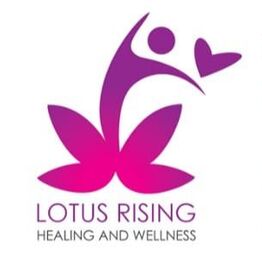
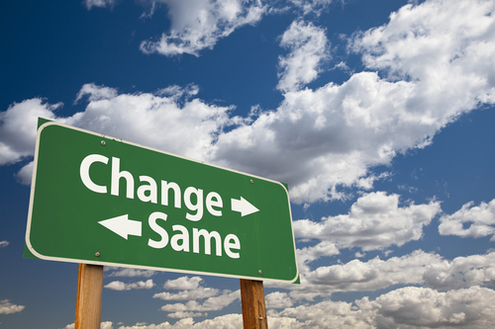
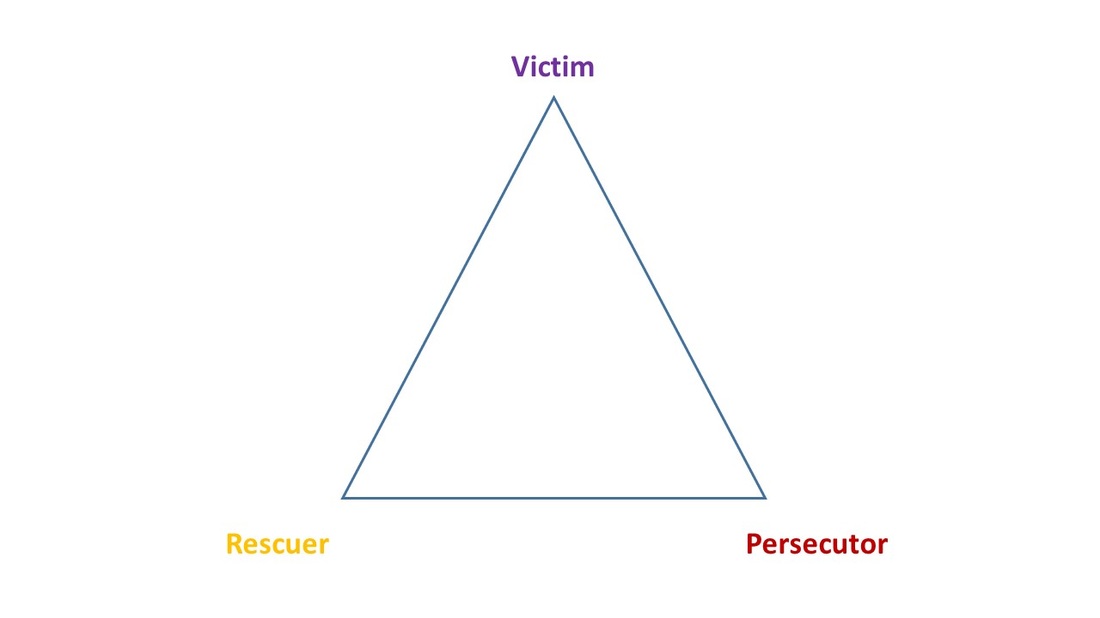
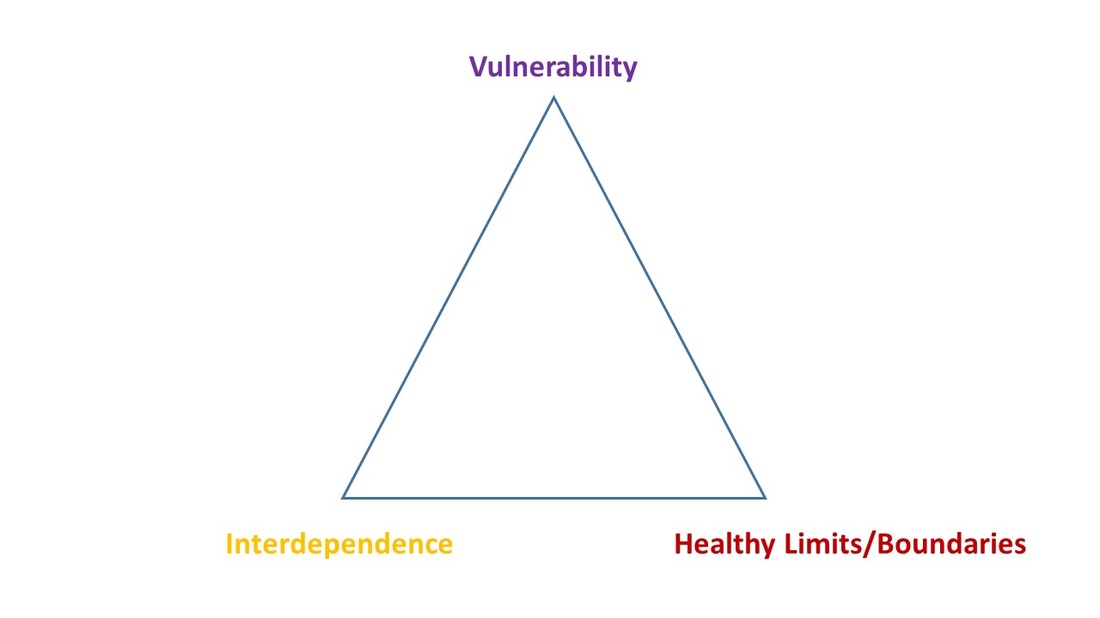
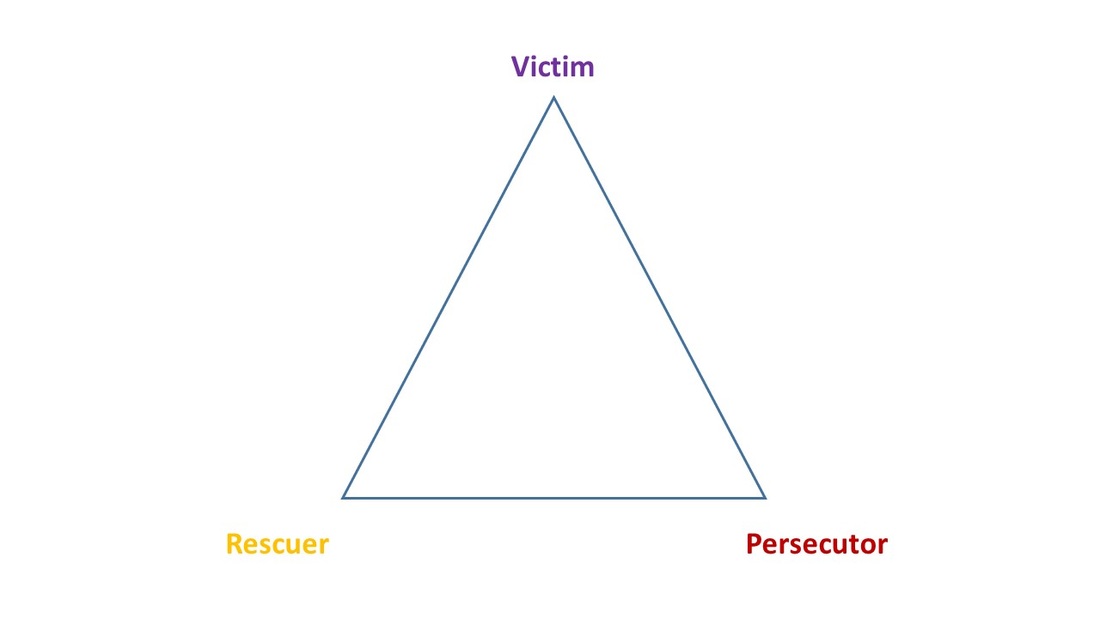
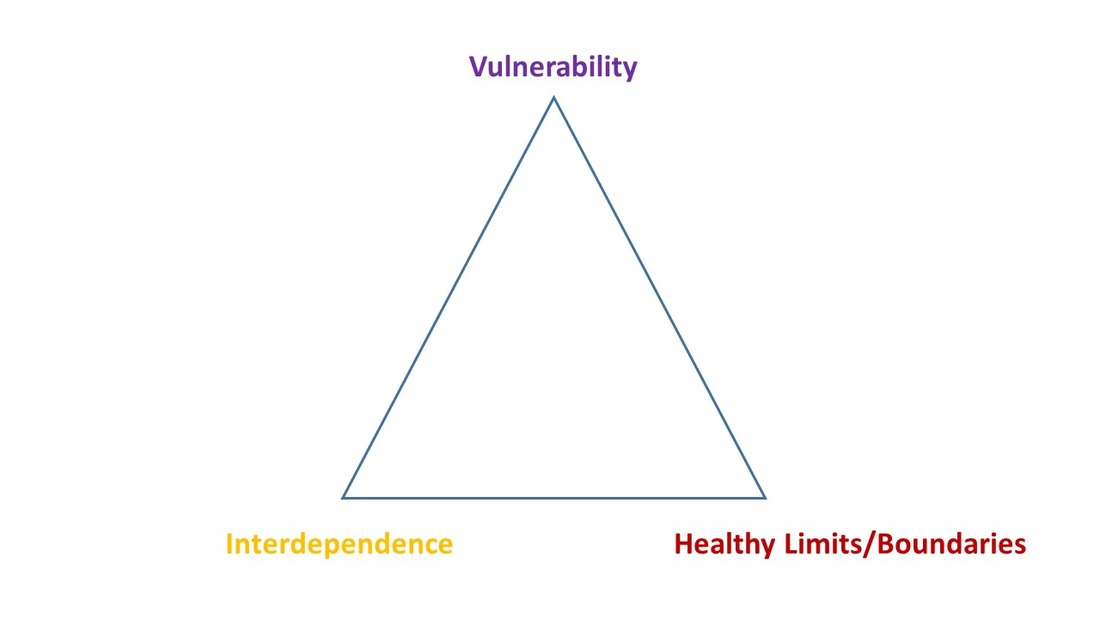
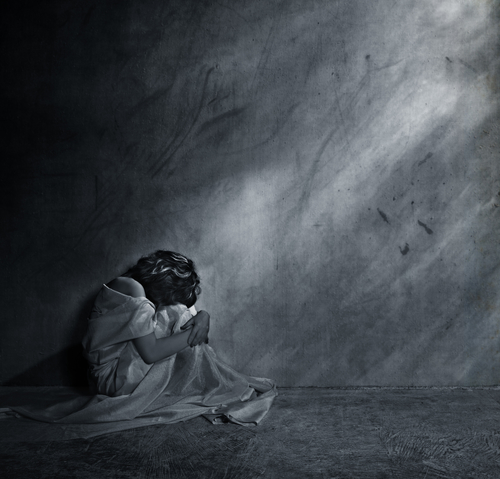
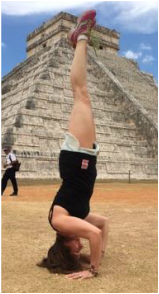
 RSS Feed
RSS Feed